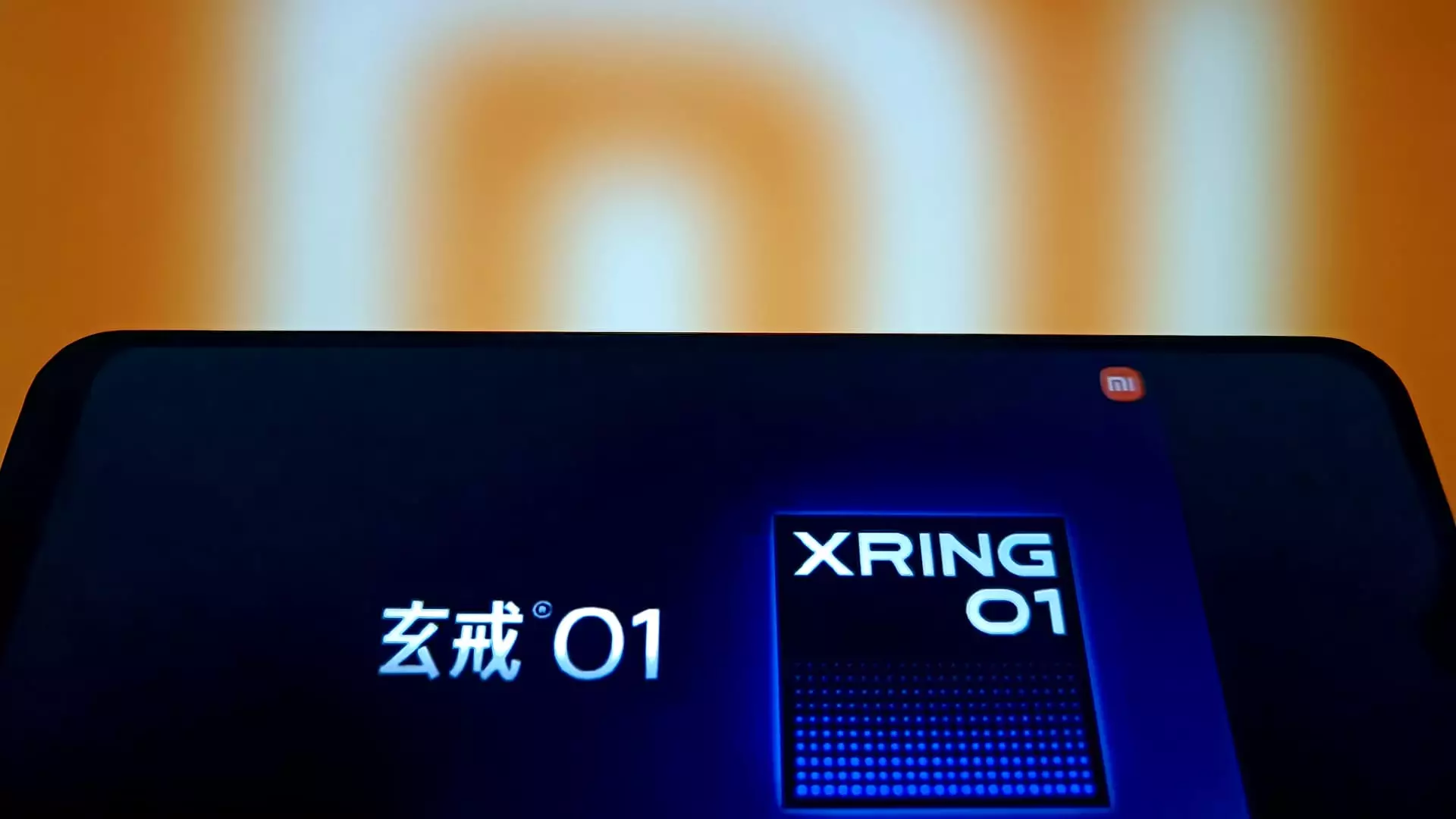In a world where technology is revolutionizing how we interact with each other and our environments, the smartphone industry has become a battleground of epic proportions. At the forefront of this struggle is Xiaomi, the Chinese smartphone juggernaut that is aggressively positioning itself against Apple’s iconic iPhone with its latest offering, the Xiaomi 15S Pro. But this war isn’t fought merely on the cutting-edge of technology; it is primarily waged on the financial front. With a starting price of 5,499 yuan ($764), Xiaomi’s new phone comes equipped with advanced features and undercuts Apple’s iPhone 16 Pro, which kicks off at 7,999 yuan.
Xiaomi’s business model reveals a critical strategy: making high-performance technology accessible, particularly as it is backed by significant state subsidies that further enhance its affordability. By breaking the perceived barrier of exclusivity that has surrounded premium smartphones, Xiaomi is crafting a narrative that challenges not only Apple’s dominance but also intends to alter the consumer’s expectation of what a premium smartphone should cost.
The Game-Changing Chip
Central to this saga is Xiaomi’s Xring O1 chip, which Xiaomi touts as a worthy competitor to Apple’s A18 Pro. This claim deserves careful scrutiny. While the CEO of Xiaomi, Lei Jun, highlighted the ability of their chip to operate with lower heat during gaming, these assertions have yet to be independently validated. The Xring O1 represents a significant high-risk, high-reward endeavor for Xiaomi—an investment that promises to reshape the semiconductor landscape in China. Nevertheless, the reality of the U.S. tightening restrictions on China’s access to high-end semiconductor equipment casts a long shadow over such ambitions.
And here lies a paradox: while Xiaomi boldly asserts its technological prowess through its new chip, there remains a striking dependence on Qualcomm and MediaTek, which accounted for nearly 40% of its chip needs according to industry analysis. Xiaomi might be driving innovation in-house, yet it must navigate a complex web of international relations and technological embargoes that limits its aspirations.
A Shift in Consumer Dynamics
Beyond mere price and power, Xiaomi is tapping into a crucial aspect of modern consumer behavior: the growing desire for value without sacrificing quality. The disparity between Xiaomi and Apple highlights a growing rift in consumer sentiment. Many consumers today are questioning if the exorbitant cost associated with brands like Apple truly reflects the value provided. Xiaomi’s bargain comes with the understanding that consumers are increasingly less willing to pay for perceived prestige, particularly in a post-pandemic world where financial priorities have shifted dramatically.
However, Xiaomi’s offerings aren’t without blemishes. The recent accident involving its electric vehicle—a fatal incident—raises red flags about the company’s aggressive push into automotive technology. Safety concerns, particularly around assisted driving features, cannot be brushed off lightly. As the landscape of technology changes rapidly, companies like Xiaomi must ensure rigorous testing and consumer transparency. Reckless promotional statements in the face of safety challenges risk tarnishing an otherwise promising reputation.
The Market Landscape and Future Outlook
While Xiaomi bravely treads into territories previously dominated by titans like Apple and Tesla, the company boasts of impressive revenue statistics that showcase its global appeal. The extraordinary statistic that 42% of Xiaomi’s revenues originated from overseas markets last year marks a significant triumph in an increasingly competitive space. However, this growth must be sustained; as market dynamics shift, Xiaomi’s previous record of accomplishment could quickly waver.
Furthermore, the ambitious pledge of investing 200 billion yuan towards research and development in the next five years highlights a long-term vision that is commendable yet daunting. Xiaomi’s promise to develop its own chips indicates a determination to cultivate an independent tech ecosystem. Yet, whether these initiatives will translate into substantial rewards remains to be seen, especially as it navigates a tumultuous geopolitical climate.
Ultimately, Xiaomi is an emblem of both hope and volatility within the smartphone industry. It showcases the potential for innovation in a sector often characterized by stagnation and conformity. The company’s ability to balance pricing, performance, and safety in their products will dictate whether it can genuinely disrupt the status quo established by Apple and other tech giants. In essence, Xiaomi is rewriting the playbook on what premium smartphones can be, yet the journey is riddled with challenges that will test its fortitude and resolve in the years to come.


Leave a Reply